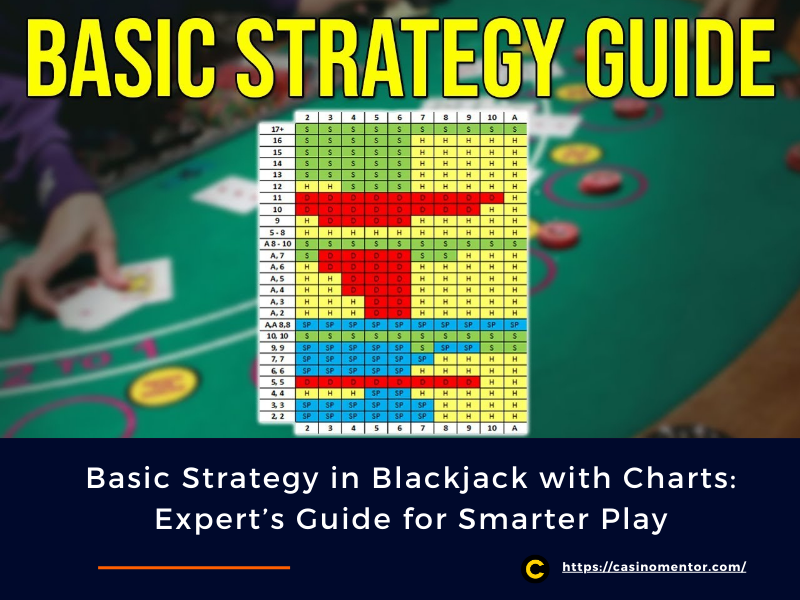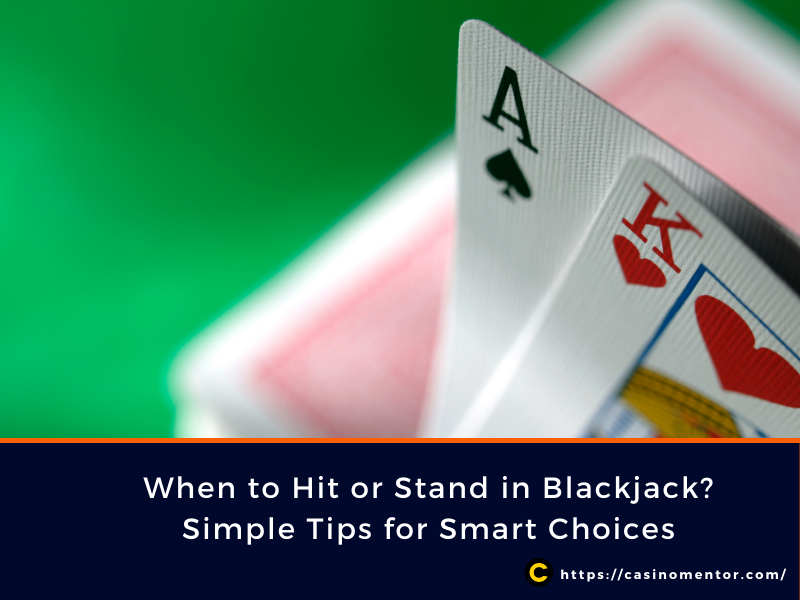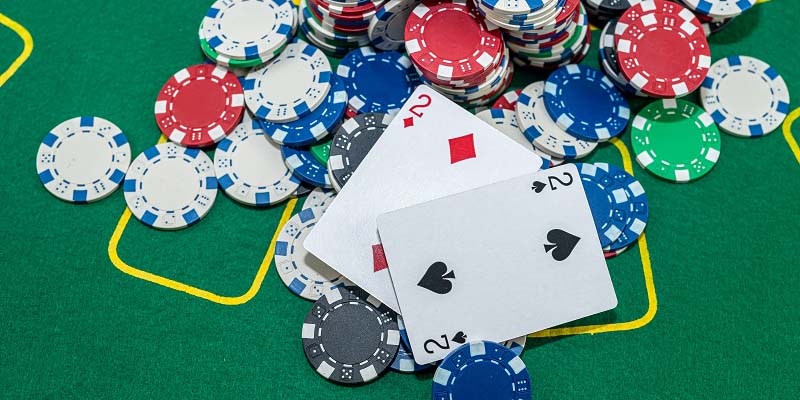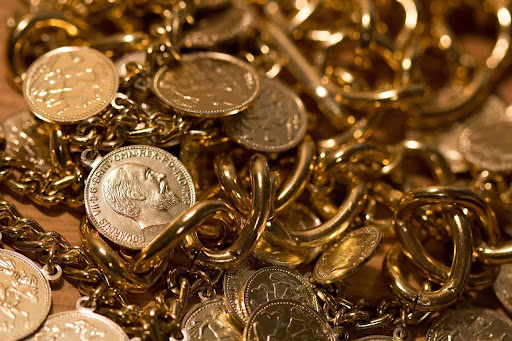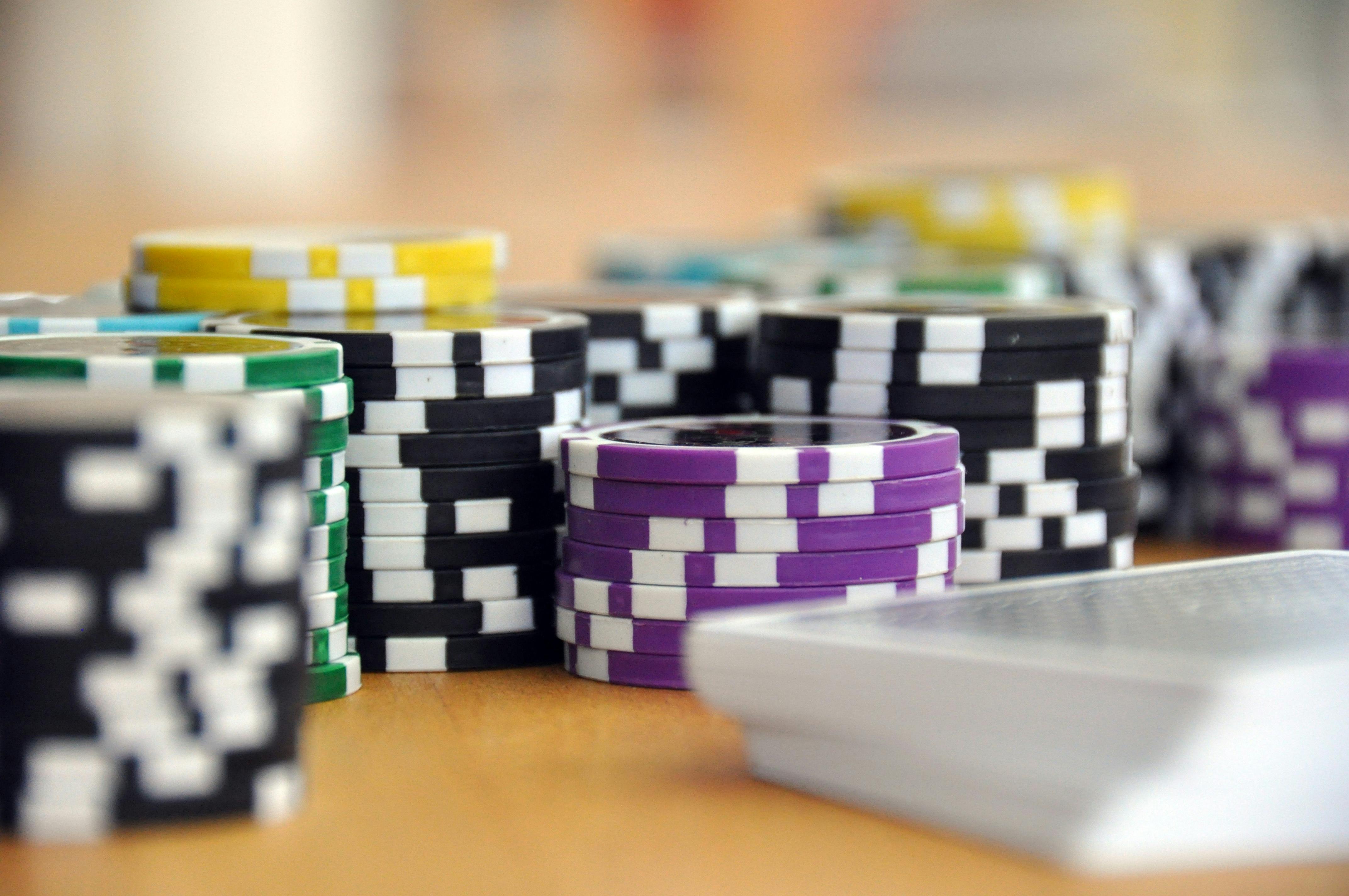Blackjack 3 to 2: The Best Odds for All Players
Blackjack 3 to 2 is the way to play that offers the highest profit for players. Learn about the best strategies and tips to play now!
Blackjack 3 to 2 is where a player with a blackjack is paid money 3 to 2 or 1/2 times their bet. However, many casinos have switched blackjack 6 to 5 to increase profits. In this article, we’ll explain the rules of 3 to 2 blackjack and share strategies for winning and boosting your profits. Keep reading!

Blackjack 3 to 2 Rules Explained
By understanding these payout structures, you will improve your chances of winning and increase profits.
Blackjack 3 to 2 refers to the payout ratio for a natural blackjack (an Ace plus a 10-value card, such as a King, Queen, Jack, or 10, dealt as the player's first two cards). When you get a natural blackjack, you are paid 3 to 2 on your bet, meaning if you bet $10, you would win $15 in addition to your original bet.
For Example:
- If you bet $10 and get a blackjack, the payout is $15 (3/2 of $10).
- This is in contrast to other payout ratios, like 6 to 5, which would pay you less ($12 for a $10 bet).
This kind of payout is common in most traditional casinos and gives you a better chance to win in the long run. I recommend looking for tables with this payout, as it helps reduce the casino’s advantage over you. Even if you're just starting, picking a 3 to 2 table is a simple way to get more out of your game!

Many Vegas casinos have shifted 6 to 5 instead of 3 to 2 because it brings higher profits for the house. The shift from 3:2 to 6:5 in Blackjack directly impacts the casino's edge (house advantage) and player payouts. However, to attract players, many casinos still offer a 3 to 2 payout, especially due to the fierce competition among them.
Blackjack 3 to 2 vs 6 to 5: Why 3 to 2 Payout is Better
To make it easier for you to understand the difference between the 3 to 2 and 6 to 5 blackjack payouts, here’s a simple comparison. This table shows how each payout affects your potential winnings and the casino's edge, helping you see why the payout ratio matters when you play.
Ratio | Payout Amount | Player Advantage | House Edge | Example (Bet $100) |
3 to 2 | $150 | High | 1.5% | Profit $50 |
6 to 5 | $120 | Low | 2.5% | Profit $20 |
When you play 3 to 2 blackjack, the payout for a natural blackjack is higher. For a $100 bet, you would win $150, giving you a $50 profit. This 3 to 2 payout gives you a better chance of winning because the house edge is only 1.5%. This means the casino takes less from each game, and you keep more of your winnings.
In contrast, 6 to 5 blackjack offers a smaller payout. If you bet the same $100, a blackjack would only win you $120, leaving just $20 profit. This lower payout increases the house edge to 2.5%, which benefits the casino and reduces your chances of making money.
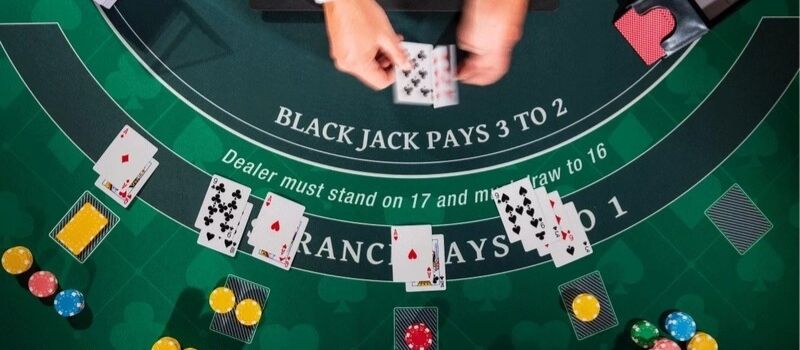
So, the 3 to 2 payout clearly benefits players more, allowing you to keep more of your winnings while playing blackjack. It’s always a good idea to choose tables offering the 3 to 2 payout whenever possible for a better shot at winning.
Many casinos are switching to 6 to 5 payouts and may market these tables as appealing options. Even if it’s a single-deck game (which can usually be better for players), the house edge with 6 to 5 can still be much higher than with 3 to 2 tables. For the best chance at winning, it’s wise to find tables with 3 to 2 payouts.
Important: Always choose a table with a 3 to 2 payout. It gives you a better chance to win more, with a smaller house advantage compared to the 6 to 5 option
Blackjack 3 to 2: Note and Tricks
To really master Blackjack 3 to 2 online, you’ll want to implement some effective strategies that not only increase your chances of winning but also protect your bankroll. Here are some Blackjack 3 to 2 tips to keep in mind:
Important Notes Before Playing 3 to 2 Blackjack
When playing Blackjack 3 to 2, there are several key factors to keep in mind that can enhance your gameplay and maximize your winnings:
- Check payout ratios before playing: Choosing a 3 to 2 table typically provides a payout of 150% on your bet for a blackjack, while a 6 to 5 table only offers 120%. This results in a difference of 30% in potential winnings.
- Understand the dealer's soft 17 rule: If the dealer stands on soft 17, the house edge drops by about 0.2%. This small advantage improves your chances over time.
- Consider the number of decks: In single-deck blackjack, the house edge is typically around 0.5%, while in a standard six-deck game, it increases to about 0.6 - 0.65%. This may seem small, but over 100 hands, that difference means you'd lose around $50 in a single-deck game compared to $60 - 65 in a six-deck game, assuming $100 bets. Fewer decks give you better odds overall.
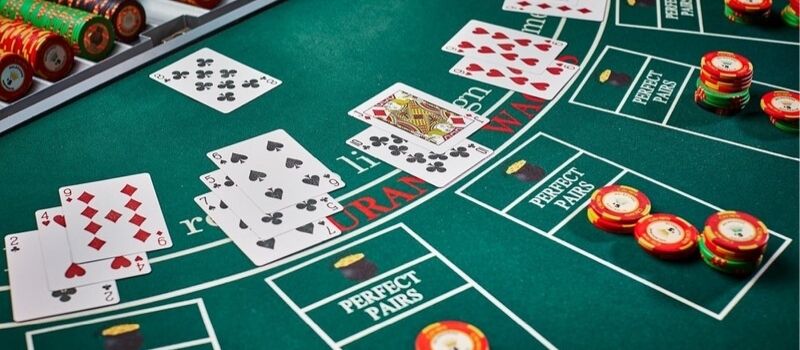
Key Blackjack 3 to 2 Tips
Here are some essential tips to help you navigate the game and maximize your profits when playing Blackjack 3 to 2.
- Use basic strategy: Applying the basic strategy correctly can reduce the house edge to as low as 0.5%. A basic strategy chart will help guide your decisions on when to hit, stand, split, or double down based on your hand and the dealer’s upcard.
- Always split aces and 8s: If you have Aces or 8s, splitting is always your best move. This increases your chances of hitting a Blackjack or improving your total hand value, maximizing your winning potential.
- Avoid Insurance bets: Insurance is typically not a good choice in Blackjack. It’s best to decline this option, helping you protect your bankroll for the long run.
- Keep an eye on gameplay trends: Stay alert and watch the gameplay at your table. Being aware of trends and adjusting your strategy accordingly can lead to better decisions and more wins.
The Bottom Line
Blackjack 3 to 2 offers the most favorable payout structure for players, presenting greater opportunities for winning. Always seek out tables with a 3 to 2 payout to enhance your chances of success and manage your finances effectively. Armed with the right strategies and insights, you can transform your Blackjack experience from mere entertainment into a profitable endeavor. Avoid the pitfalls of the 6 to 5 payout and play smart!








